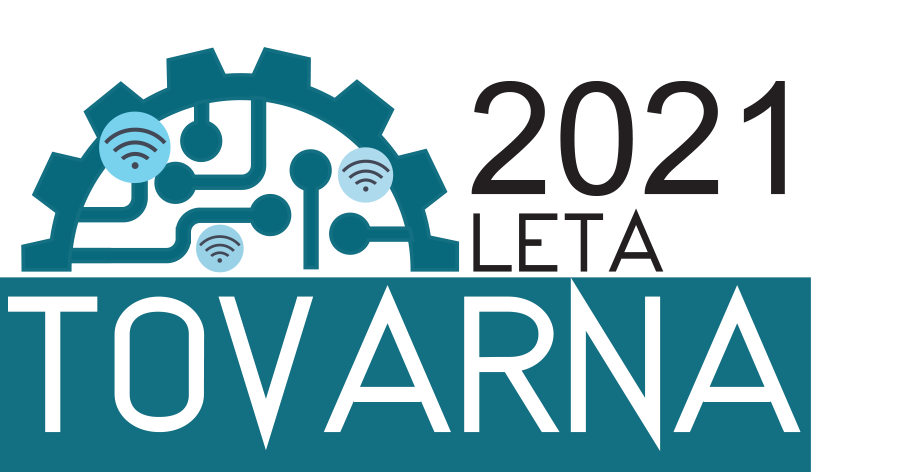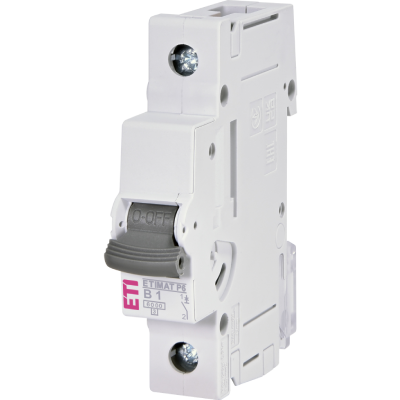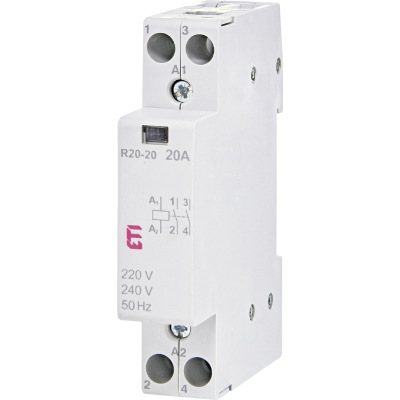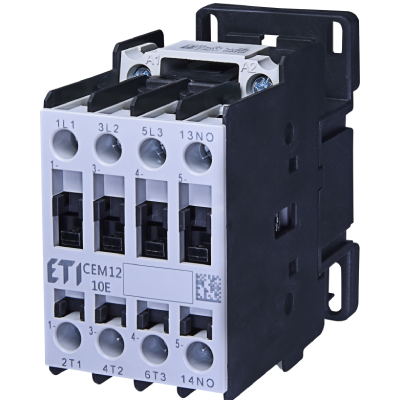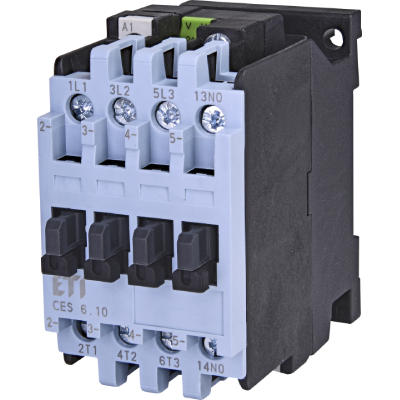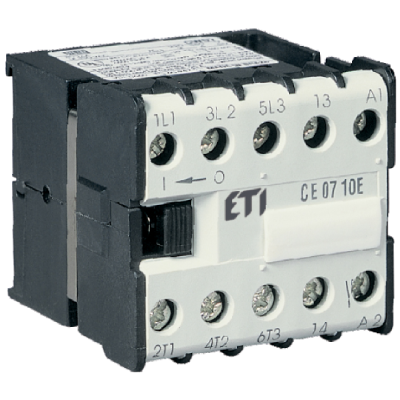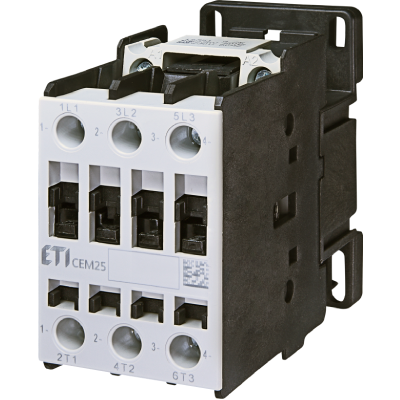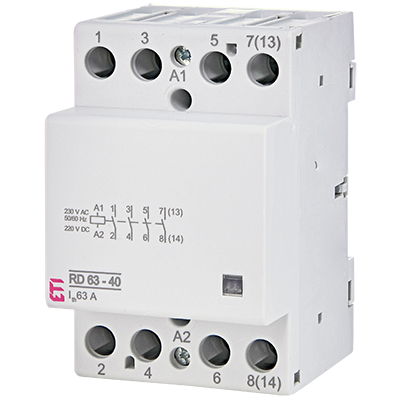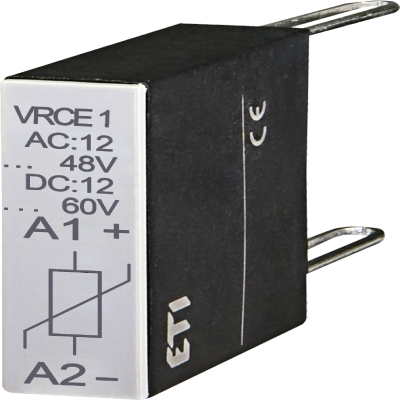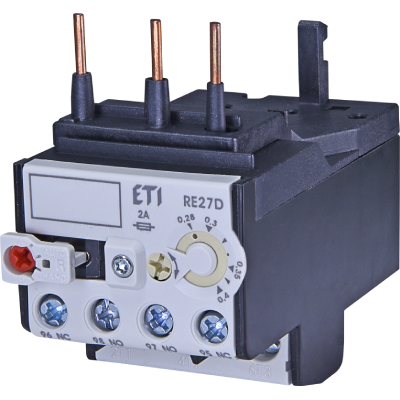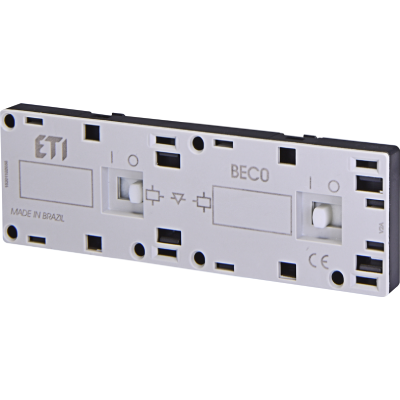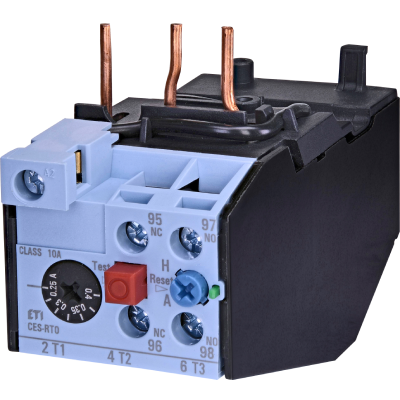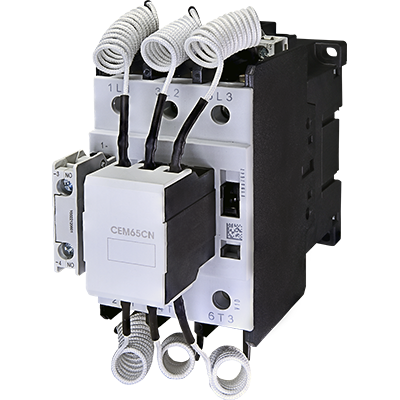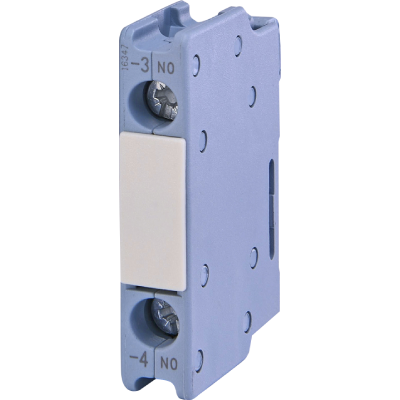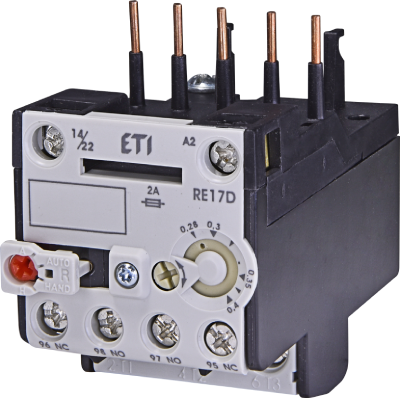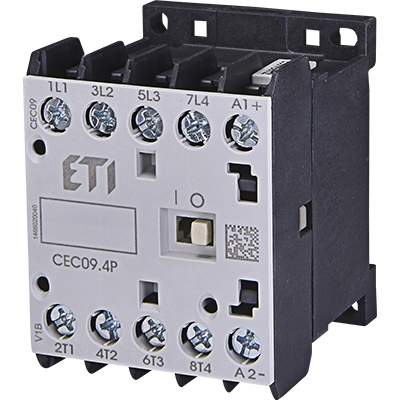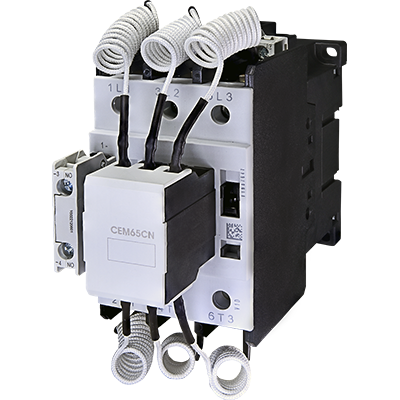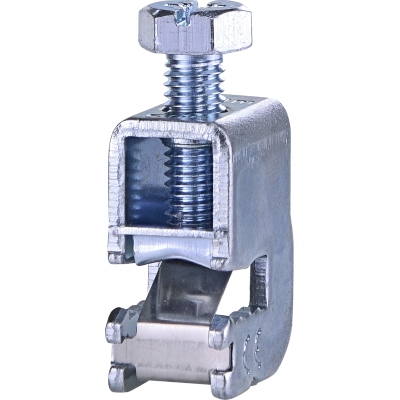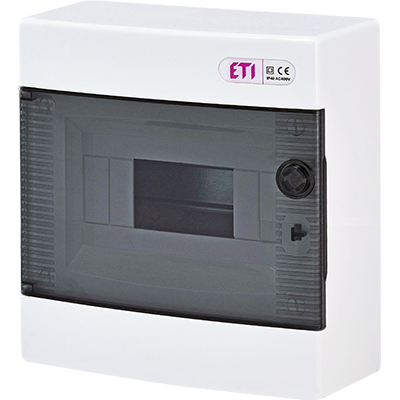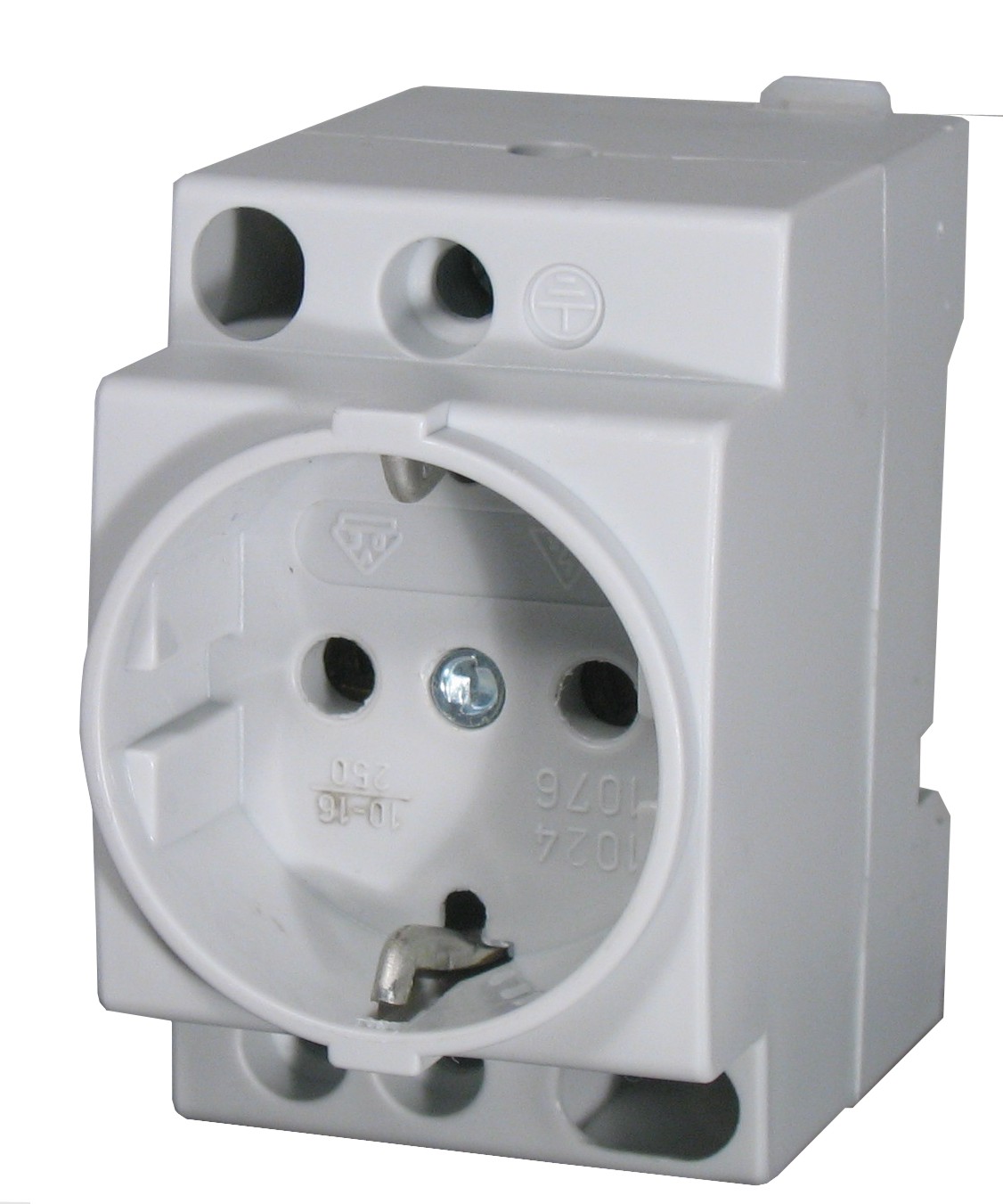Latest Updates on Low-Voltage Fuse Standards in the IEC 60269 Series
IEC SC 32B meeting in Ljubljana
Efforts in Enhancing and Expanding the IEC 60269 Series Standards for Low-Voltage Fuses continue, and proposals for the preparation of new standards are also in the process. Leading Fuse Manufacturers Worldwide Contribute, with ETI Taking a Prominent Role by Organizing the IEC SC 32B Technical Subcommittee Meeting.
Viktor Marinčič |
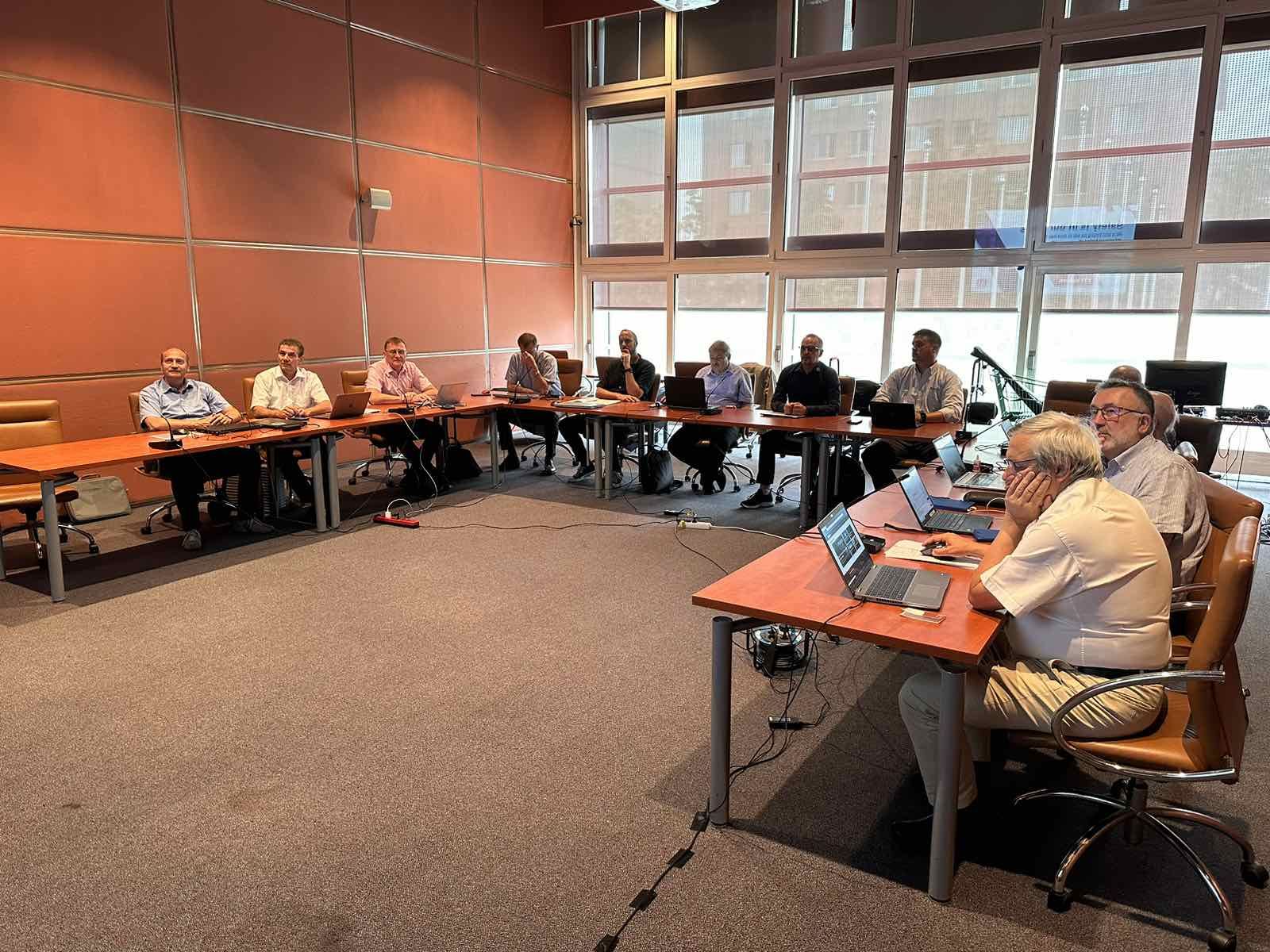
IEC SC 32B Members Meeting
IEC - International Electrotechnical Commission
International Electrotechnical Commission (IEC) is a non-profit and non-governmental organization that takes care of standardization in the field of electrical engineering at the international level. It was founded in 1906 and today represents the world's leading association of experts in electrical engineering. Its main task is the preparation and publication of international standards in the field of electrical engineering, electronics and related fields.
Since its establishment, the work of the IEC has been divided into the so-called technical committees covering 129 different electrotechnical fields. Of course, the TC 32 technical committee called Fuses is very important for ETI. In the framework of this technical committee, we deal with the standardization of low-voltage and high-voltage fuses.
Work of IEC and TC 32 is key to ensuring high standards of quality, safety and efficiency in the use of fuses in electrical systems. Participation in these committees allows us to be actively involved in the creation and improvement of fuse standards, which has a direct impact on our products and services.
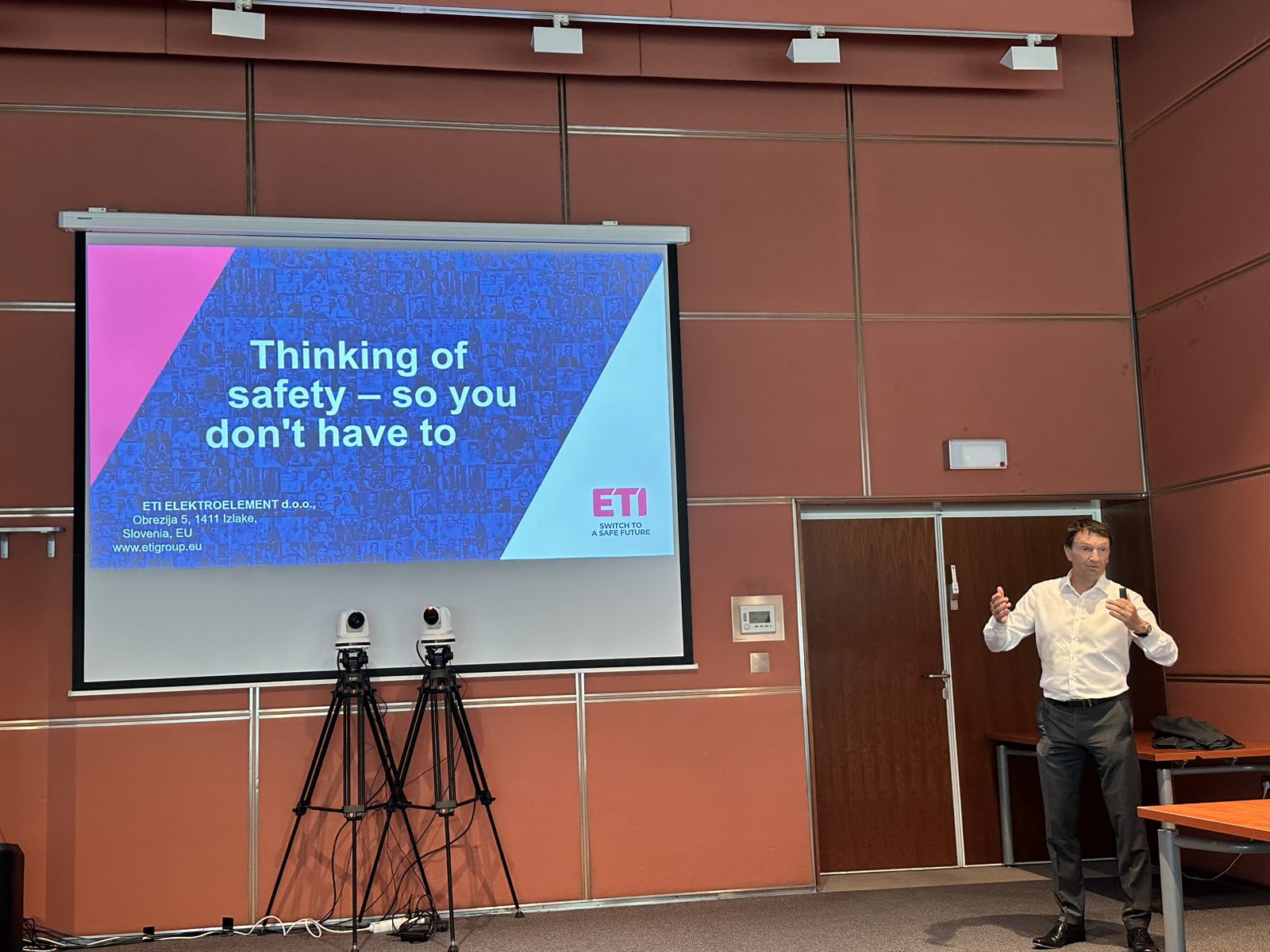
Address of the general director of ETI d.o.o., Mr. Tomaž Berginc
IEC TC 32 and IEC SC 32B
Technical Committee TC 32 - Fuses, was founded way back in 1946, and its current president is the author of this blog. Along with the development of technology and the field of electrical installations, the technical requirements for the fuses covered by TC 32 also changed. Therefore, this technical committee was eventually divided into three subcommittees, namely:
- SC 32A for high voltage fuses,
- SC 32B for low voltage fuses
- SC 32C for miniature fuses.
The chair of the subcommittee SC 32B – Low voltage fuses is Mr. Jean-Francois De PALMA from France (MERSEN), while the work of the secretary is performed by Mr. Michael ALTENHUBER from Austria, otherwise employed by the ETMA Technisches Büro für Elektrotechnik and the University of Vienna.
The operation of the IEC SC 32B technical subcommittee is already basically distributed across different areas, which are covered by the working groups called WG and maintenance teams called MT.
The following groups are currently active in the SC 32B subcommittee:
- MT8 "Maintenance of standards dealing with fuses for general applications": This working group prepares international standards for low-voltage fuses for the protection of circuits and devices against overload and/or short-circuit currents and their maintenance.
- MT9 "Maintenance of standards dealing with fuses for semiconductor protection"
- WG15 "Reorganization of the standard series 60269 Low-voltage fuses".
Review of proposed changes to standards
As foreseen in the draft agenda of this meeting, we started work in the MT8 group, where we considered the proposed changes to the following standards:
IEC 60269-1 standard deals with general requirements for low-voltage fuses. In the MT8 group, we studied the proposed changes to this standard, which refer to the improvement of the protection of circuits and devices against overload and/or short-circuit currents. These changes are intended to ensure greater safety and reliability of electrical systems.
IEC 60269-2 standard deals with additional requirements for fuses intended for use by authorized persons, especially in industrial applications. The MT8 group studied the proposed changes to this standard, which are aimed at improving the functionality and efficiency of fuses and simplifying maintenance and replacement procedures.
IEC 60269-3 standard, however, focuses on additional requirements for fuses used in household and similar applications and used by unqualified persons. The MT8 Group has considered proposed changes to this standard that are intended to improve the safety and understanding of the use of fuses for lay users.
Amendments to the above-mentioned standards and comments received from various countries in the IEC documentation system were discussed in detail, and most of them were accepted after long-term coordination.
Work then continued in the MT9 group, where we analyzed in detail the amendments to the IEC 60269-4 standard (Additional requirements for fuse-links for the protection of power semiconductors). Many additions were discussed in this group as well, mainly in connection with market demands for higher and higher nominal voltages and currents, for which the fuse links from this group will have to be designed and tested in the near future.
The importance of reorganizing fuse standards and the role of WG15
A very interesting area for fuse standardization is the activities of the WG15 working group. The group, which consists of representatives of German manufacturers such as SIEMENS, SIBA, BRUCHMANN and Wöhner decided on a project to reorganize the entire group of IEC fuse standards.
In recent decades, the standardization of fuses has progressed, but due to the different requirements of the market and manufacturers, some ambiguities, duplications and, as a result, less transparency about the standards have appeared. For example, the technical requirements for cylindrical and BS (British Standard) fuses are currently described in as many as five different standards. This limits flexibility in the development of new types of fuses and limits the possibilities for creating new combinations and shapes of fuses.
The WG15 Working Group is committed to sorting out this confusion and ensuring more transparent and harmonized fuse standards. Their goal is to simplify and reorganize existing standards and allow manufacturers greater flexibility in developing new types of fuses.
The intertwining of different parts of the standards of the existing IEC 60269 series according to the dimensional system and characteristics is shown in the figures below:
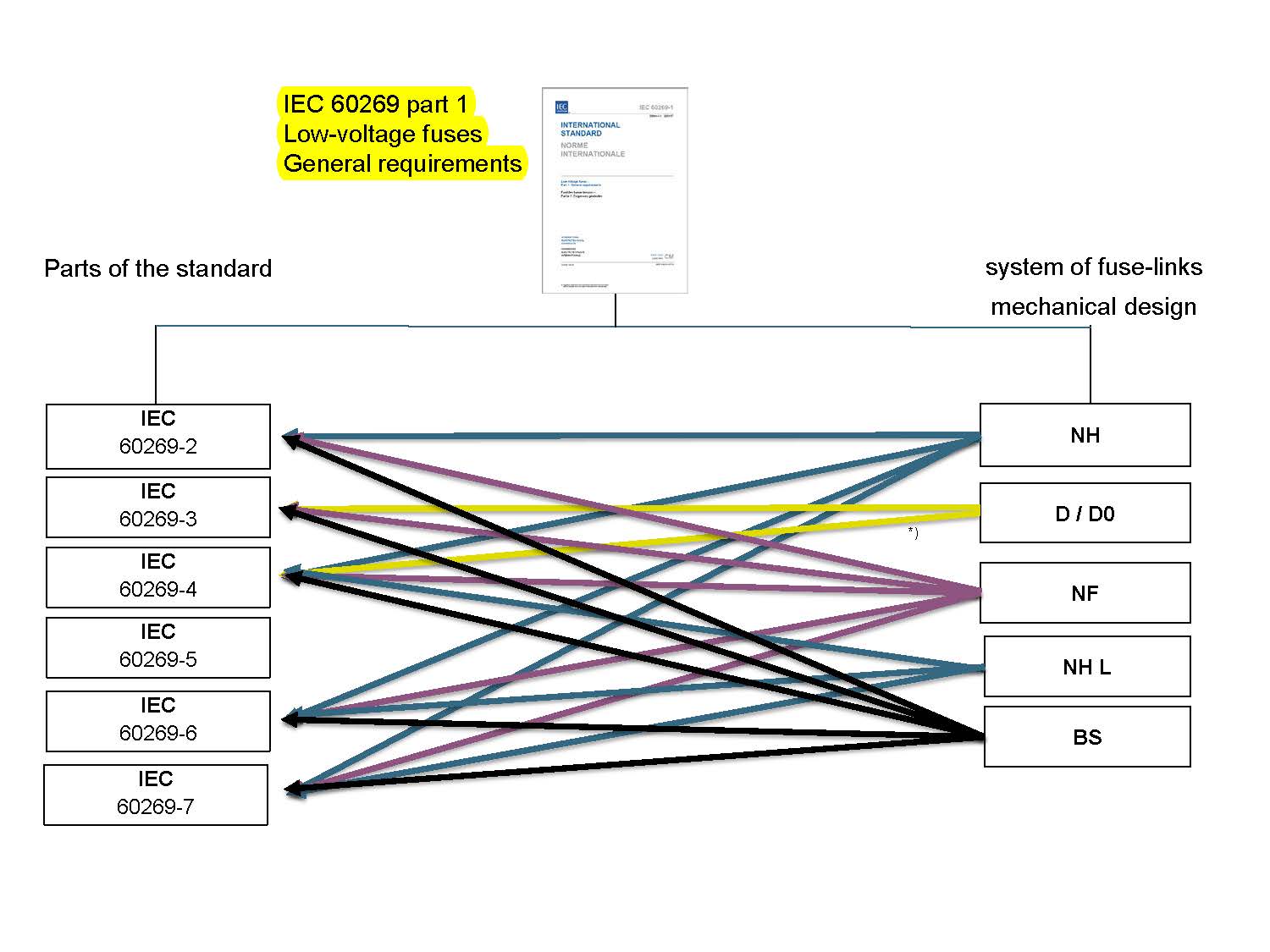
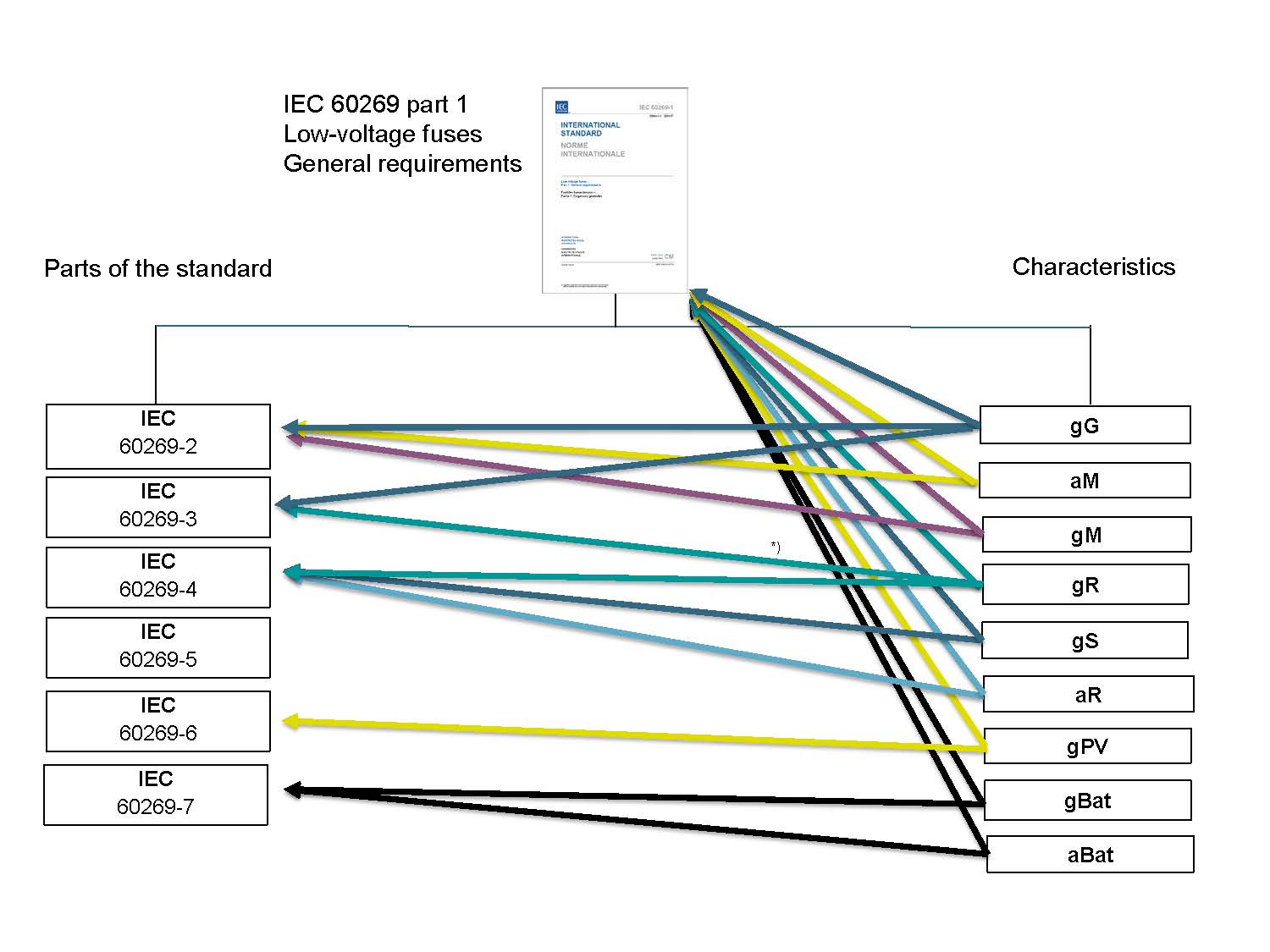
The experts therefore propose a complete reorganization, which in the future will also affect the implementation of basic certifications of products, which is why ETI is also very involved and the author of this paper is also a member of WG15. After the aforementioned reorganization, the overview of the IEC 60269 series standards will look like the one presented in the figure below. Of all the existing standards, only IEC 60269-1 and IE C60269-5 will remain, and the rest will be arranged as follows - individual current-time characteristics will be defined in the standards of the IEC 60269-2xx series, and their mechanical characteristics in the standards of the IEC 60269 series -3yy:
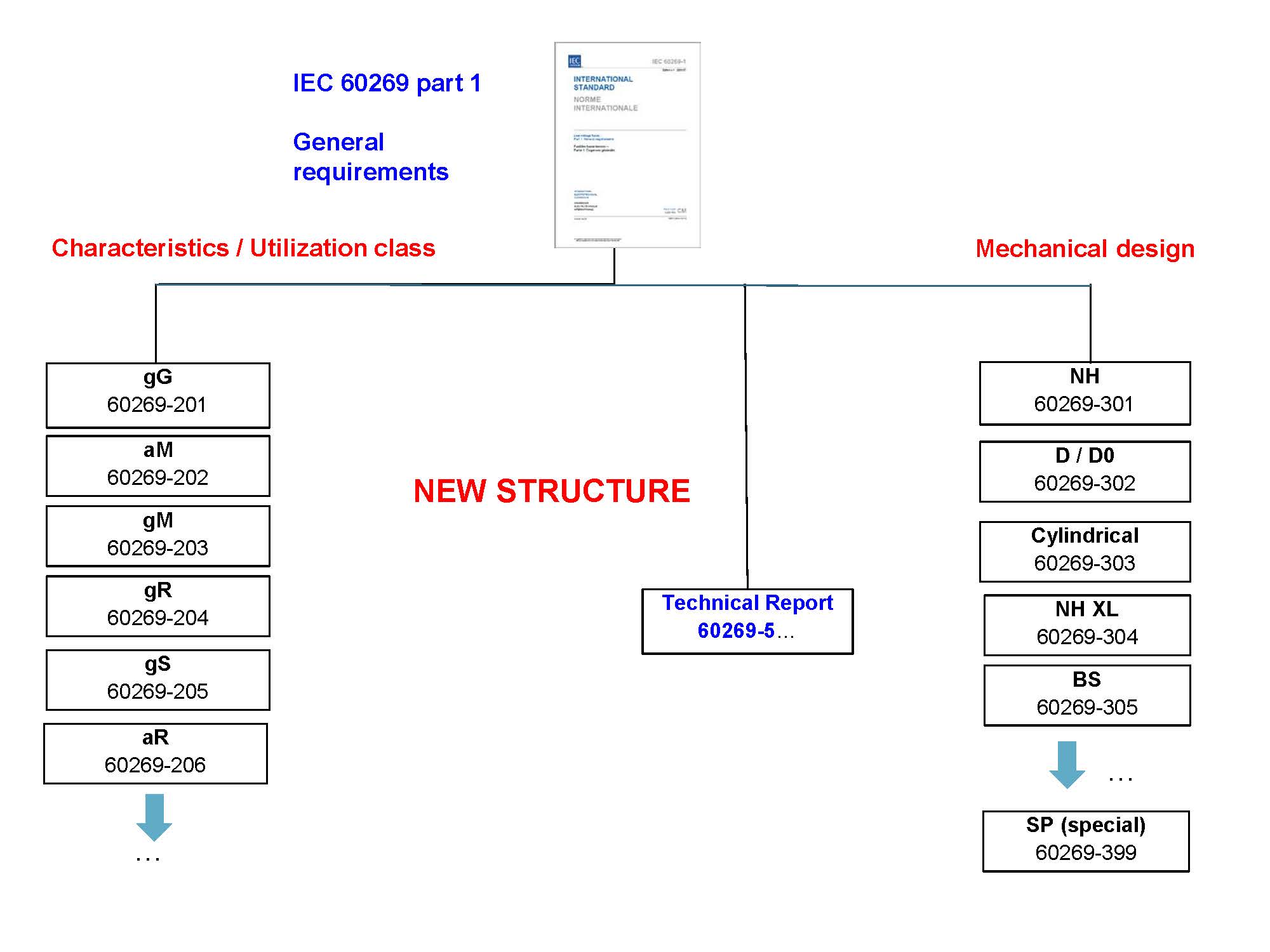
The future in the field of fuse standardization will therefore be quite diverse and ETI will naturally participate in every step of this process of preparing changes.

